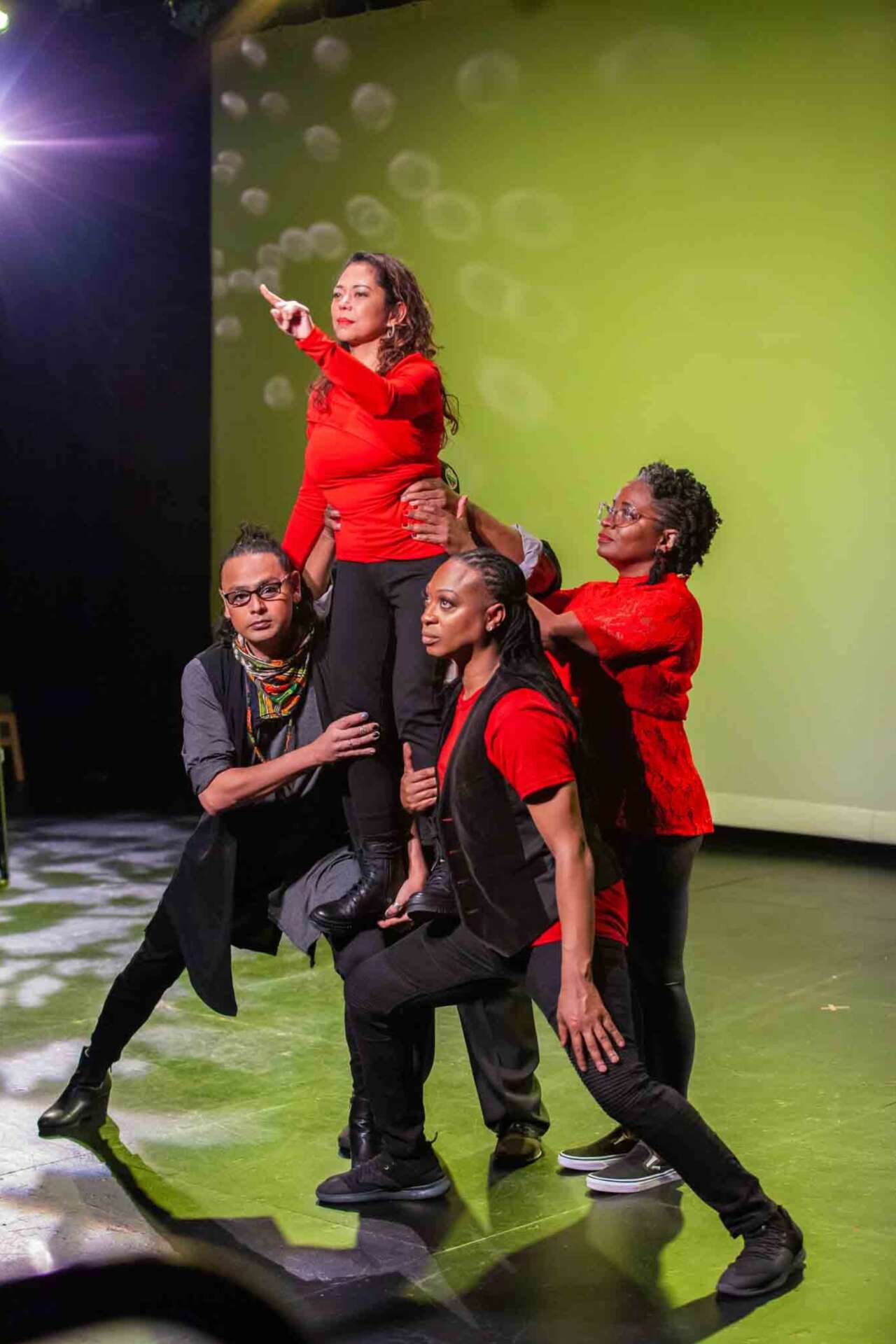We recently connected with Michelle Banks and have shared our conversation below.
Alright, Michelle thanks for taking the time to share your stories and insights with us today. When did you first know you wanted to pursue a creative/artistic path professionally?
I knew I wanted to pursue my dream as an actor when I first saw my idol, Cicely Tyson, in the movie “Sounder.” I was so drawn to her and her character that I told my mom I wanted to be like her. Since then, I have pursued my dream of becoming an actor. In 2006, I had the opportunity to meet Cicely on my birthday, and I thanked her for inspiring me. She responded, “Oh, isn’t that sweet.” It was the best birthday gift ever! By then, I knew I was on the right path!



As always, we appreciate you sharing your insights and we’ve got a few more questions for you, but before we get to all of that can you take a minute to introduce yourself and give our readers some of your back background and context?
I have been involved in the entertainment industry for over 35 years, working as a producer, director, writer, and actor. My extensive experience has given me insight into the gaps in our community. I noticed a lack of representation for Deaf black and brown artists, and I felt compelled to take action. As an Artistic Director, I founded Visionaries of the Creative Arts (VOCA) in Washington, DC in 2019. The organization aims to provide a platform for Deaf, DeafBlind, and Hard of Hearing (HoH) Black Indigenous People of Color (BIPOC) to create, collaborate, and showcase their culturally distinctive works through various artistic and linguistic expressions.
The Deaf and Hard-of-Hearing BIPOC community and its artists have been overlooked and underrepresented in mainstream and Deaf culture. This is a form of social injustice that VOCA aims to address. This has motivated me to create a space for them to access more opportunities to advance their careers in the arts and to increase the exposure of their profession to the arts community.
I am extremely proud of my contributions to the art community and my work with Deaf BIPOC individuals. As a mentor, I have helped others achieve their artistic goals and opened doors for them in the entertainment industry. It took me years to become a leader of social change for Deaf people of color in entertainment. I take pride in paving the way for Deaf, DeafBlind, and Hard-of-Hearing BIPOC artists to succeed in their professional fields and become the next generation of Deaf leaders in the entertainment arts.


Let’s talk about resilience next – do you have a story you can share with us?
As a Black Deaf woman in the industry, I have faced challenges such as rejection and ridicule. However, I have overcome these barriers by standing my ground, taking control of my destiny, and not allowing others to interfere with my success. My journey has facilitated both personal and professional growth as an artist. Faith, patience, and persistence have been the keys to my success throughout this journey.
How can we best help foster a strong, supportive environment for artists and creatives?
Society can best support artists, creatives, and a thriving creative ecosystem by recognizing the value of their work and providing adequate financial support. This can be achieved through increased funding for the arts, offering more opportunities for artists to showcase their work, and fostering a culture that values and celebrates creativity. Additionally, providing access to affordable healthcare, affordable housing, and fair wages for artists can contribute to a more supportive environment for creatives.
Contact Info:
- Website: www.vocarts.org
- Instagram: vocarts_ and michelleabanks
- Facebook: https://www.facebook.com/vocarts.org
- Linkedin: Michelle Banks
- Twitter: @OfVoca
- Youtube: Visionaries of the Creative Arts
Image Credits
Photo Credit by Andrew Robertson


